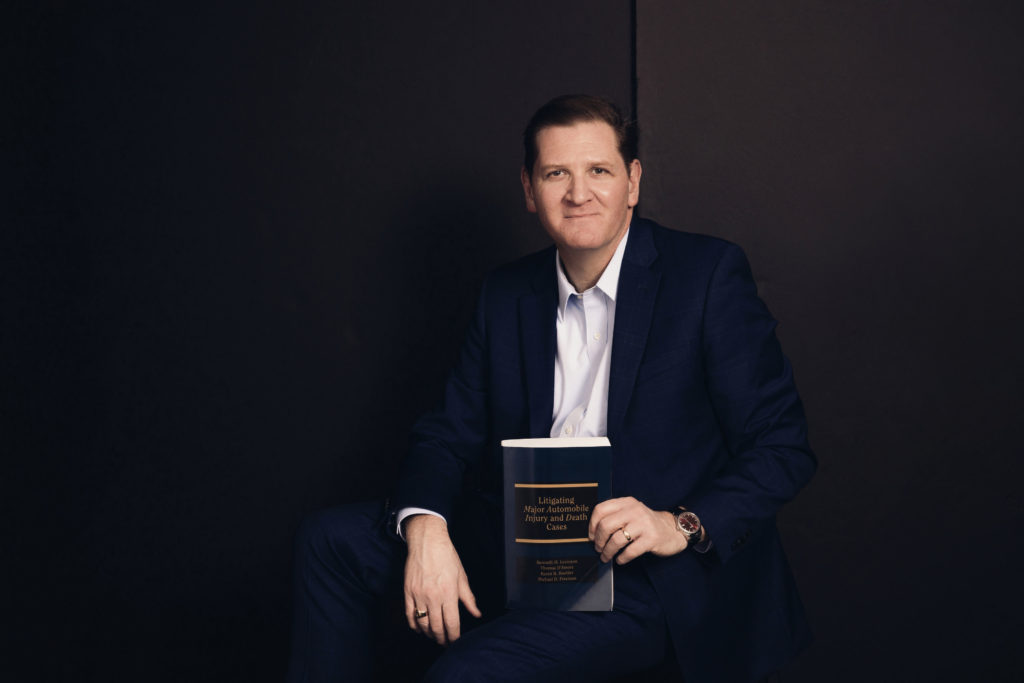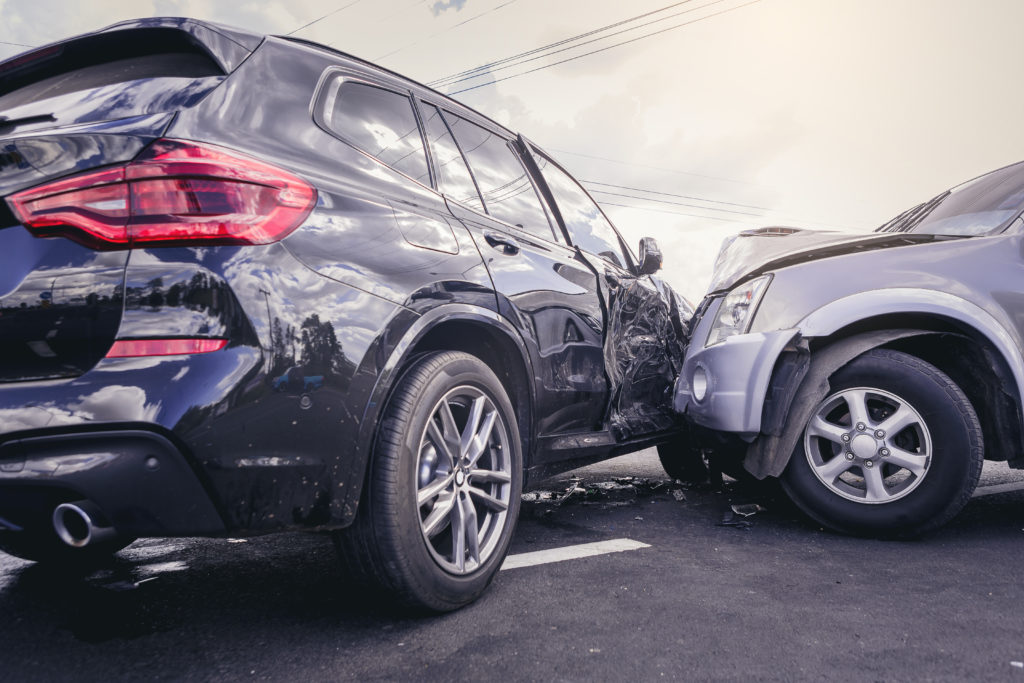It is my firm belief that motor vehicle collisions are avoidable. They are almost always the result of someone’s carelessness or misstep somewhere along the way. Whether a crash resulted from a vehicle not being properly maintained, or a sleepy or fatigued driver, car crashes can be avoided. However, what if you do everything right and still your vehicle is hit by another car in a situation that was entirely not your fault?
You can imagine a driver going the speed limit or even slower, or with the flow of traffic, and then that driver stops after a light ahead of them turns yellow then red, or other cars slow down or stop because of traffic backing up. This is an extremely common scenario. It is so common, in fact, that most people don’t even give it any thought. It’s just part of the world we live in. No one thinks about it unless someone traveling through this transportation system we are all accustomed to doesn’t pay attention, or looks at their phone when they should be looking at the road, other cars, or hazards up ahead, and hits someone or another car. This of course, disrupts everything. It disrupts movement on the roads, people’s schedules, and worst of all, it can cause someone to be seriously injured or killed. In Illinois alone, over 1000 people died in traffic crashes in 2019. Each one of those people lost, should be alive and with us today, yet sadly, they were lost in preventable tragedies. When this occurs, the victim or their family is left to pick up the pieces.
I’m writing this series of blog posts about the aftermath of motor vehicle crashes to let people know what they might expect to encounter if they were unfortunate to have been involved in a collision that was no fault of their own, and so that people can better understand how things work with car insurance, traffic tickets that are issued when a crash occurs, medical bills, and the legal system, or the system of justice where people seek to make themselves whole. Although when faced with a permanent injury or the death of a loved one, that isn’t actually possible because we simply can’t change the past, but we try our hardest to make things right.
Some people may be surprised to learn that in Illinois, the person who was injured by another driver who was actually at fault for a crash will be responsible for securing their own medical treatment. In other words, although the person responsible for the damages caused in a crash should ultimately compensate the person who they injured for reasonable medical treatment related to those injuries, this doesn’t happen right away, or while the injured party is getting care. Compensation from the responsible party in this case would happen when the case is finally resolved by settlement or a verdict, if the case were to be decided in court by a trial.
Additionally, even though a crash was not your fault, you may benefit from opening a claim with your own insurance company relating to medical payments or possible coverage if the other driver who caused the collision had no insurance or not enough insurance. In reality, there are numerous aspects of the aftermath of a motor vehicle crash that many hard-working people, who have had little to no experience with the legal system might be surprised to learn about, or just wouldn’t have known how best to navigate.
To be sure, all the answers to the question of what to do if you’re the victim of a crash can’t possibly be contained in an online article, or even a whole series of them. There is no substitute in these cases for a consultation with an experienced professional. I highly recommend seeking advice from an experienced attorney with a good reputation who practices in the area of personal injury as soon as is reasonably possible after a crash. Nevertheless, I am hopeful that the information contained here and the posts that will follow will give people more of an insight into how the system works in Illinois. Please stay tuned and be safe.




